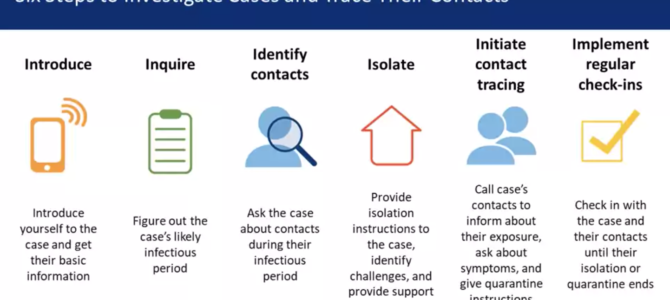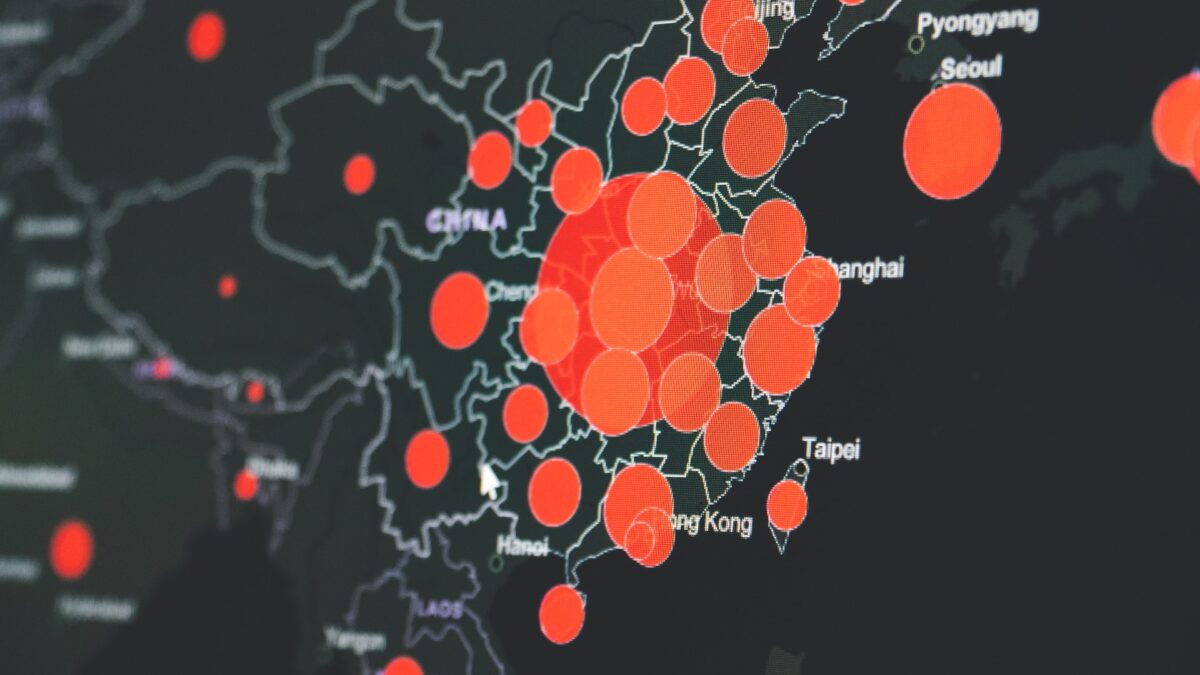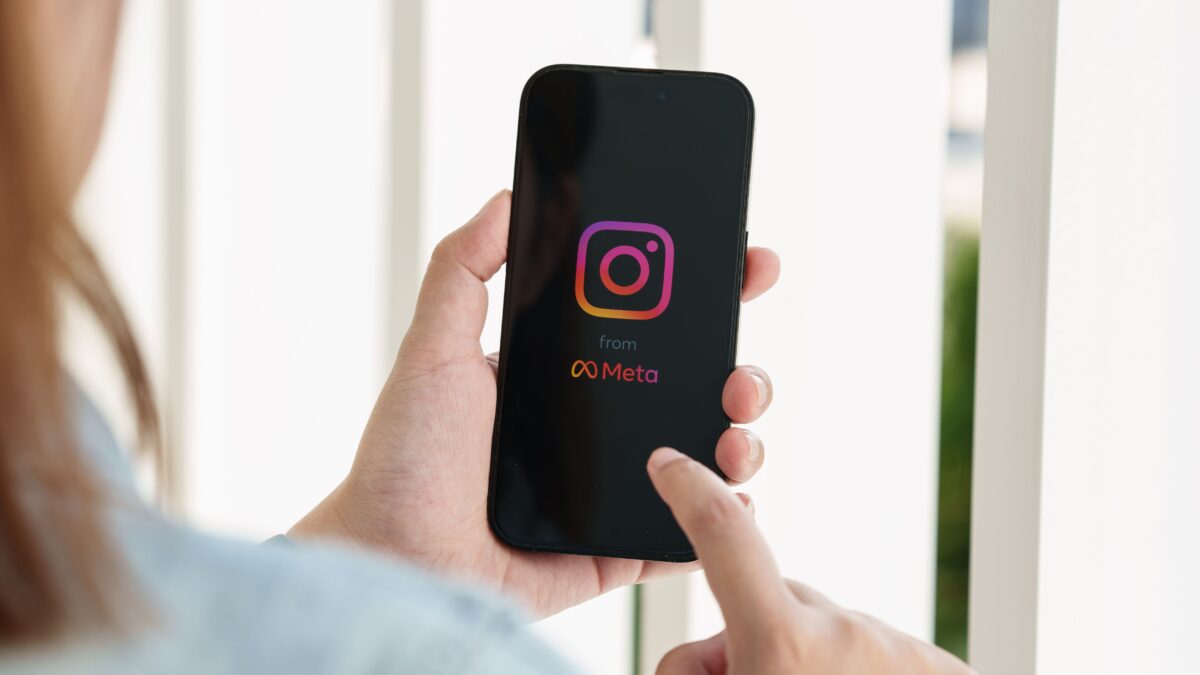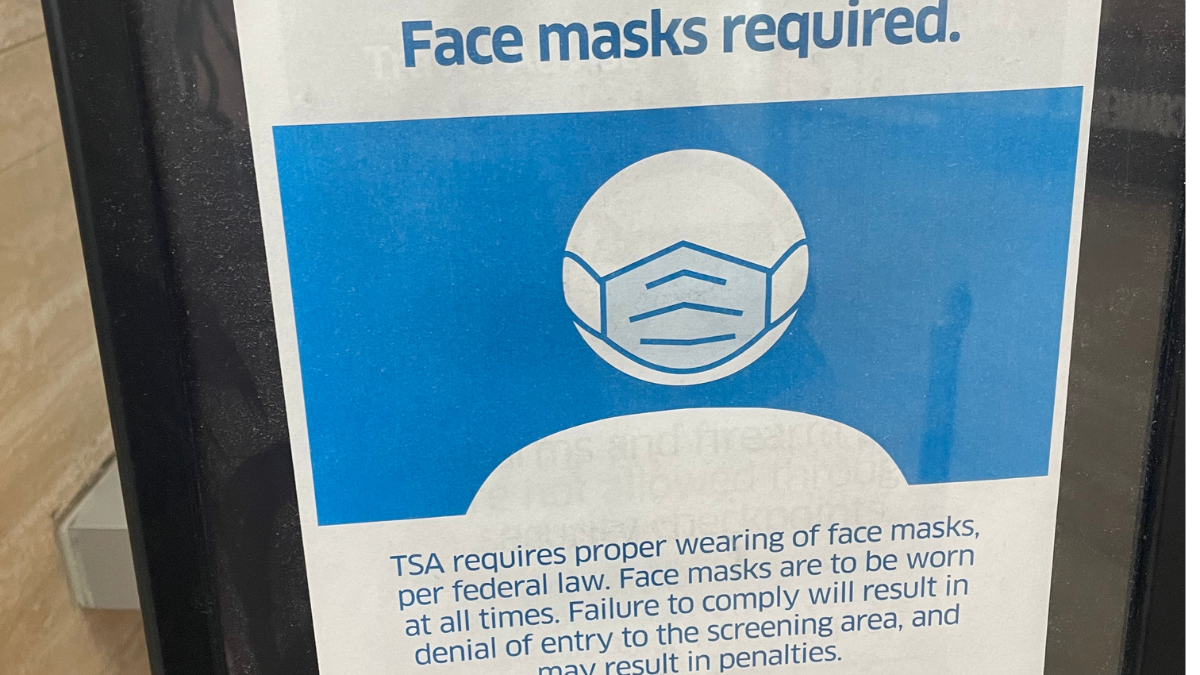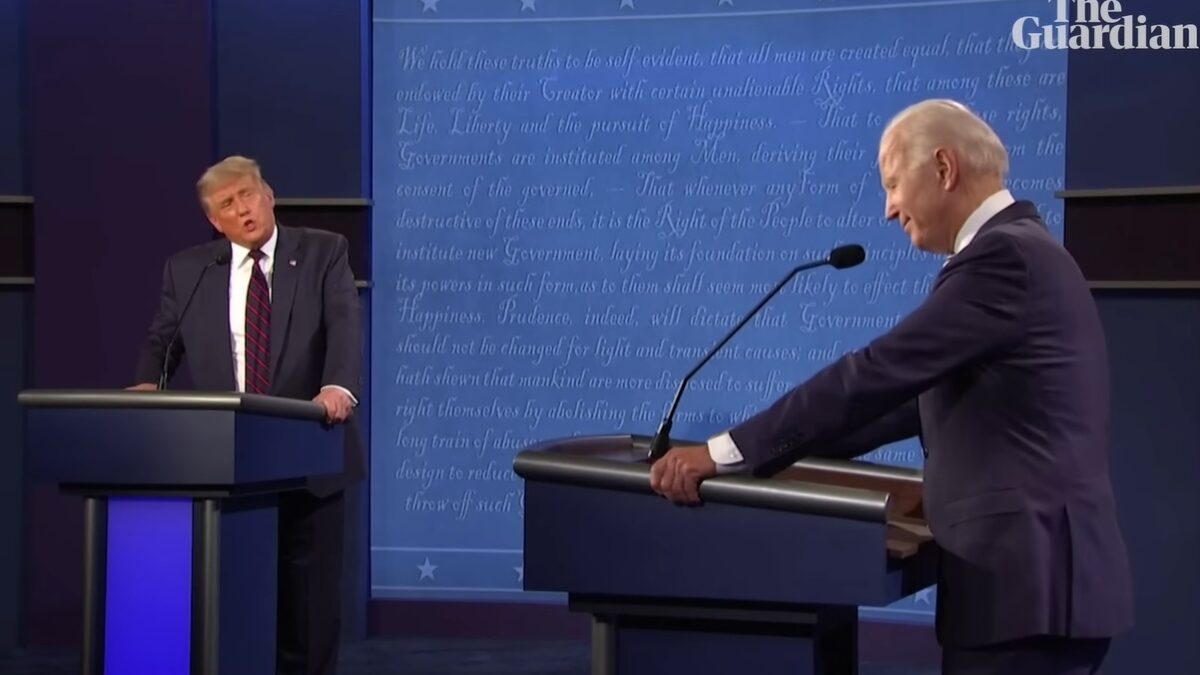Businesses are finally reopening across the United States after months of a nationwide lockdown to prevent the spread of COVID-19. Americans are transitioning back into their old lives, albeit with continued restrictions.
The Centers for Disease Control recommends one of these restrictions include contact tracing, a system by which trained men and women known as tracers reach out to people diagnosed with COVID-19 and determine their chain of contact since the infection began. Some states have already begun implementing the system. Nearly 2,000 New York City contact tracers started their work last Monday.
Contact tracing is gaining speed across the United States with very few stopping to understand and evaluate whether the system is a rightful use of time and resources and within the rights of Americans. This type of interaction is foreign to most Americans, and even to most soon-to-be contact tracers.
To more fully understand their job, I took the free online training course in contact tracing. Here’s what you need to know.
Expect a long phone conversation.
A large part of the training focused on effective communication, which means repeating information for clarity and discussing every possible option with cases. I sat through thirty-minute simulated conversations in which a contact tracer and a case ran through what to do in different scenarios based on how the interviewee responds to what the contact tracer asks.
For example, if the interviewee resists the contact tracer’s request to quarantine, the tracer should handle that person gently while never giving in.

“You’re requesting cases to isolate themselves from others, so you will try to convince them of this,” Dr. Emily S. Gurley, who taught the training, said. “But in some circumstances, these may be mandated or enforced, and that’s because it’s not entirely up to the person to make their own decisions about what they do if what they do can harm others.”
Balancing understanding and coercion is hard, and the phone calls may drag on.
People can expect to go through every single place they’ve been and every person they’ve been in contact with since beginning their period of infection, which is typically five days before showing symptoms.
Beyond just following and cutting off human contact, as the name implies, however, contact tracers also possess a vague set of other responsibilities. Although in some states the job only requires a course that I was able to complete one morning and very little other certification, states task contact tracers with personally assessing symptoms and determining additional means of support for the interviewees, such as food deliveries or separate housing.
For those who resist quarantine due to strenuous circumstances, contact tracers will be prepared to recommend ways around it. The test said contact racers “Should encourage resources such as food banks for those who provide for their family and remind them their family is at risk of death.”
The training also stated that if cases have legitimate medical questions that contact tracers aren’t qualified to answer, they should refer cases to medical doctors and only offer the available facts rather than give their own opinion.
Machines may eventually replace humans.
This training only touched on the future of contact tracing, but it made it clear that some form of technological tracing would be far superior to humans as it is immediate and automatic, which is important when the window of opportunity to stop the spread is so small.
Examples of technology include automated daily calls or text messages to remind cases to report new symptoms and applications for logging symptoms. The training also stated that China and South Korea have used a central database of phone numbers and locations that link to medical records and location data, which provides fast, easy access to all the necessary information.
The cons to this technology, the training stated, is that people likely wouldn’t comply. Technology is only as good as people allow it to be, and many people aren’t comfortable having their every movement tracked. Government agencies can’t implement this type of tracing without the public’s trust.
Smartphone users can also download an app that uses Bluetooth to notify other phones that have the app to indicate the two have been in contact and should quarantine when a contact has been diagnosed. Where and who remain private.
Contact tracers are taught privacy is relative.
Dr. Gurley said privacy is important, but the actual measures contact tracers take to ensure privacy are limited. Contact tracers can ask about, learn, and use an individual’s private information, but the information is limited for “protecting the public.” In the training there were no concrete examples, however, of what constitutes protecting the public.
Contact tracers are fully allowed to share results from a person’s COVID-19 test with others, for example, as long as it’s claimed for public health protection. “So there are limits around what can be shared and with whom,” Dr. Gurley said. After completing the entire training, though, I still had no knowledge of an actual limit.
Privacy is important to this process only when it doesn’t hinder the work of contact tracers. Privacy and confidentiality are second to complying with health regulations.
The training also discussed autonomy, or people’s freedom to make their own choices, which Gurley said contact tracers must respect until it interferes with their work.
“If they’re not isolating themselves or not quarantining themselves, that could harm someone else. It does put other people at risk, so they do have some limits on their autonomy, or their ability to make their own decisions within the context of contact tracing,” she said.
Loosely translated, one’s freedom under contact tracing is purely conditional.
One part of contact tracing that is completely private, however, is on the illegal U.S. presence of foreign citizens. There were multiple test questions during the training that asked what a contact tracer must do in the event that a case discloses he or she is an illegal immigrant, and the correct answer was to do nothing.

It’s not just in New York.
Contact tracing has been used during other outbreaks, including SARS-CoV-2 from 2003-2004 and Ebola in West Africa from 2013-2016. Contact tracing is a very tried method, but this is a new scale.
The demand for contact tracers is high. According to a May 16 article by MIT Technology Review, the United States is “amassing armies” of contact tracers. The training doesn’t indicate when the job will end or if it’s even considered temporary.
The training included a lesson on the ideas of justice and the public good. Gurley taught that, to achieve both, contact tracing must be in every community to protect everyone equally. Rather than using this tool in the most highly affected areas, public health authorities’ intention is to eventually have contact tracers reach out to everyone.
